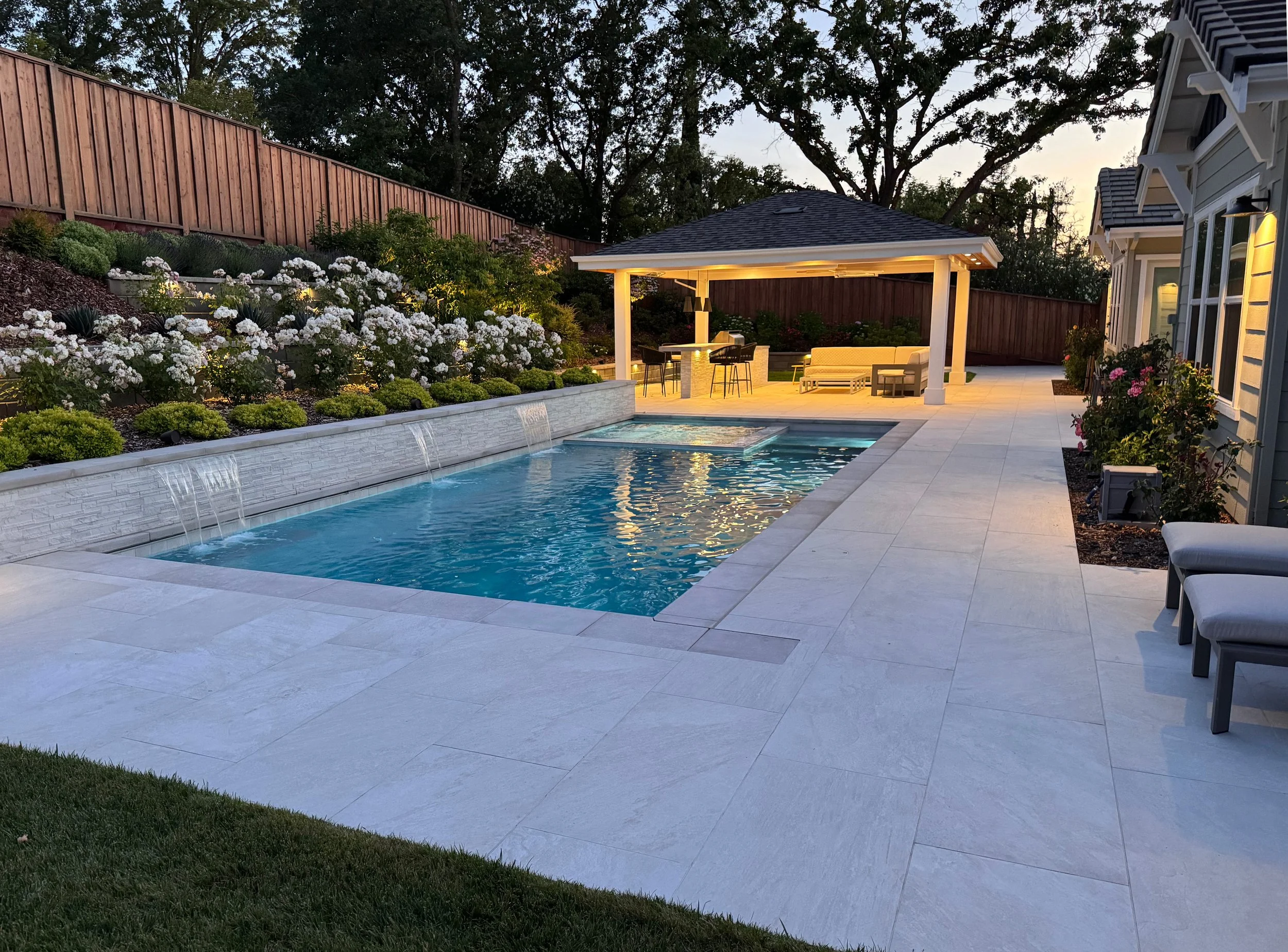
To learn and see more about landscape design & construction, please go to Alderland.com
The Essential Checklist for Selecting Landscape Design Plants
Alderland’s Plant Experts Will Updgrade Your Landscape!
Plants play a crucial role in modern landscape design by enhancing aesthetic appeal, improving air quality, providing shade, and supporting local ecosystems.
The Essential Checklist for Selecting Landscape Design Plants
Climate Compatibility: Choose plants suited to the San Francisco Bay Area’s temperature and weather patterns.
Soil Type: Match plants to your soil’s pH, texture, and drainage characteristics.
Water Requirements: Opt for drought-tolerant or low-water-use plants to conserve resources.
Maintenance Needs: Consider growth rate, pruning, and overall care to fit your lifestyle.
Plant Durability: Evaluate resistance to pests, diseases, and environmental stress.
Growth Patterns: Plan for mature size and spread to avoid overcrowding and ensure proper spacing.
Seasonal Interest: Select plants that provide year-round color, texture, and visual appeal.
Impact on Local Ecosystems: Avoid invasive species and choose native or well-adapted plants to support biodiversity.
Aesthetic Appeal: Balance foliage, flowers, and form to complement your landscape design vision.
Alderland’s extensive experience in the San Francisco Bay Area helps you make informed choices, crafting beautiful and sustainable outdoor spaces tailored to your needs.
Moon gate and lush landscaping in Lafayette, designed and constructed by Alderland.
Modern plantings, walls, and patio in Moraga, designed and constructed by Alderland.
Gorgeous landscaping, pool, patio, and waterfall in Walnut Creek, designed and constructed by Alderland.

